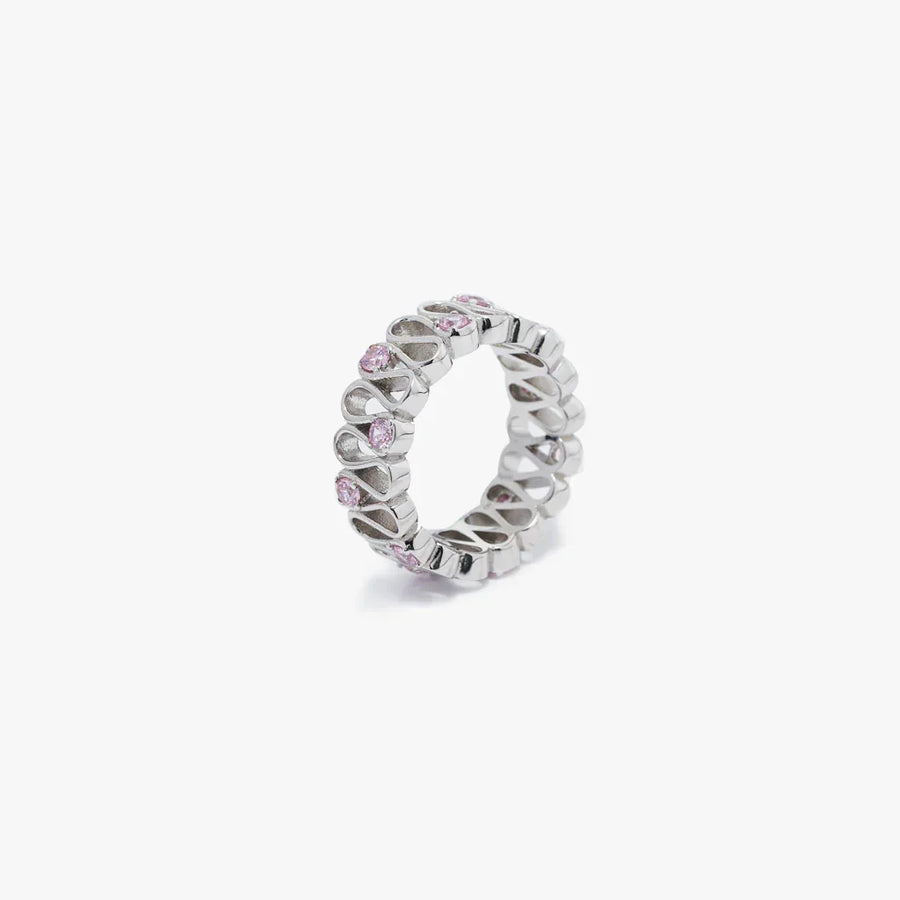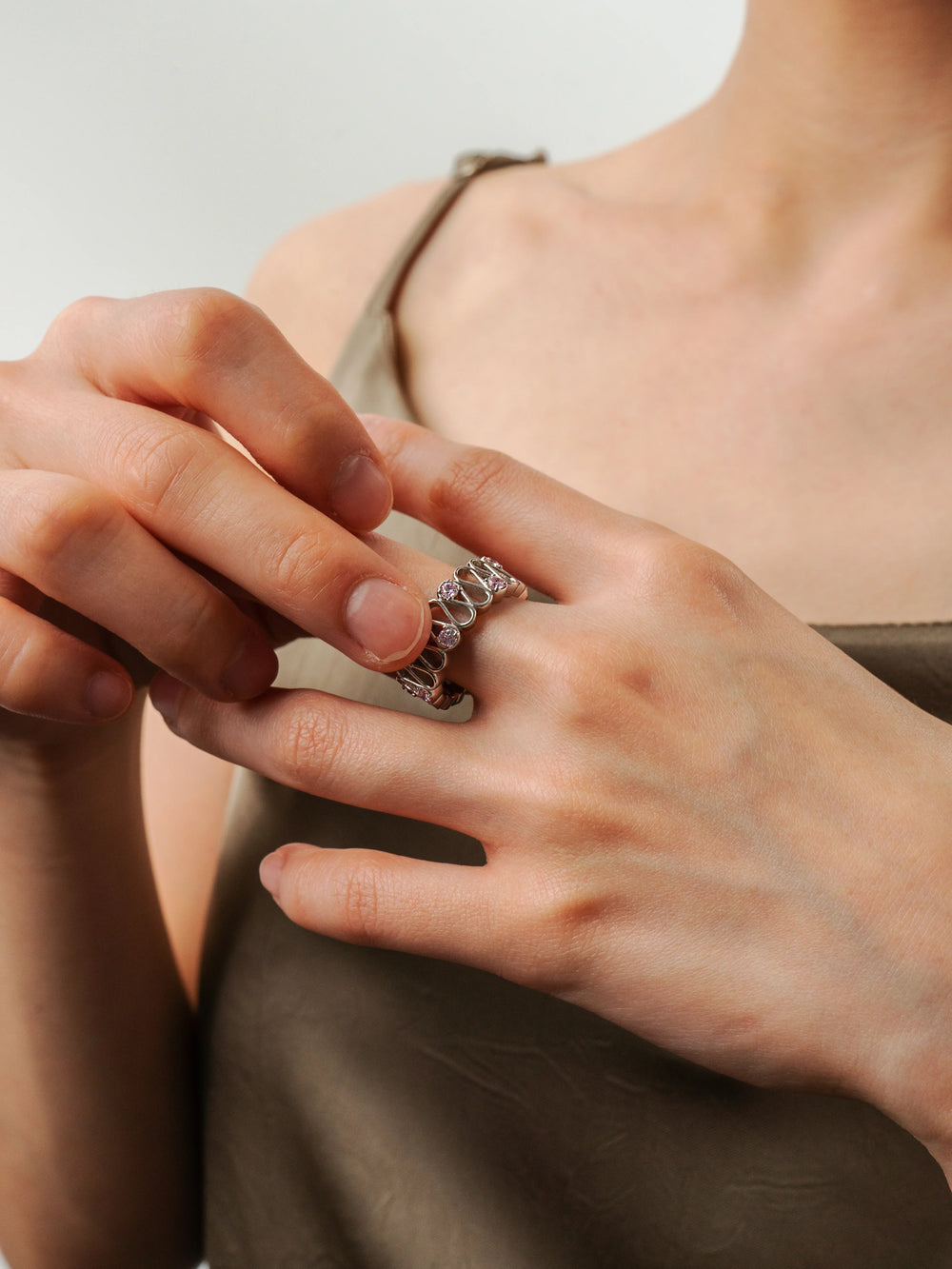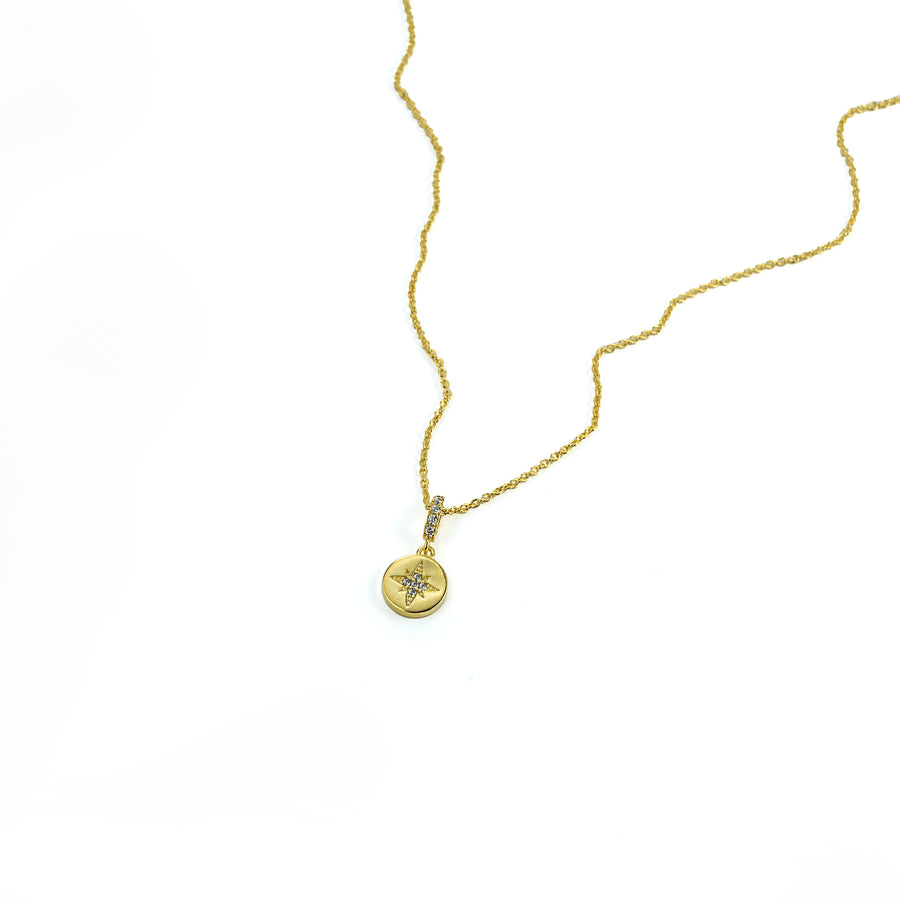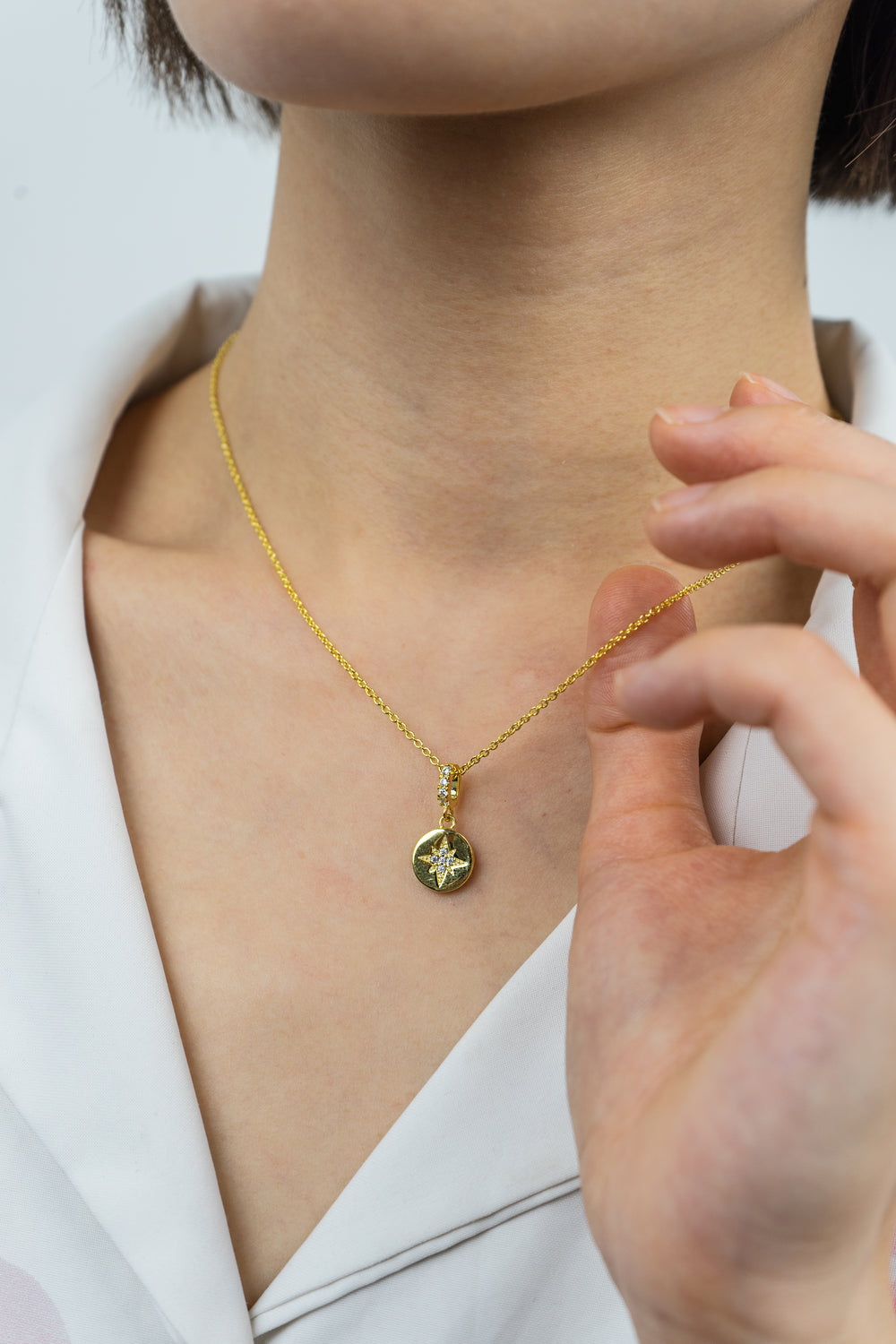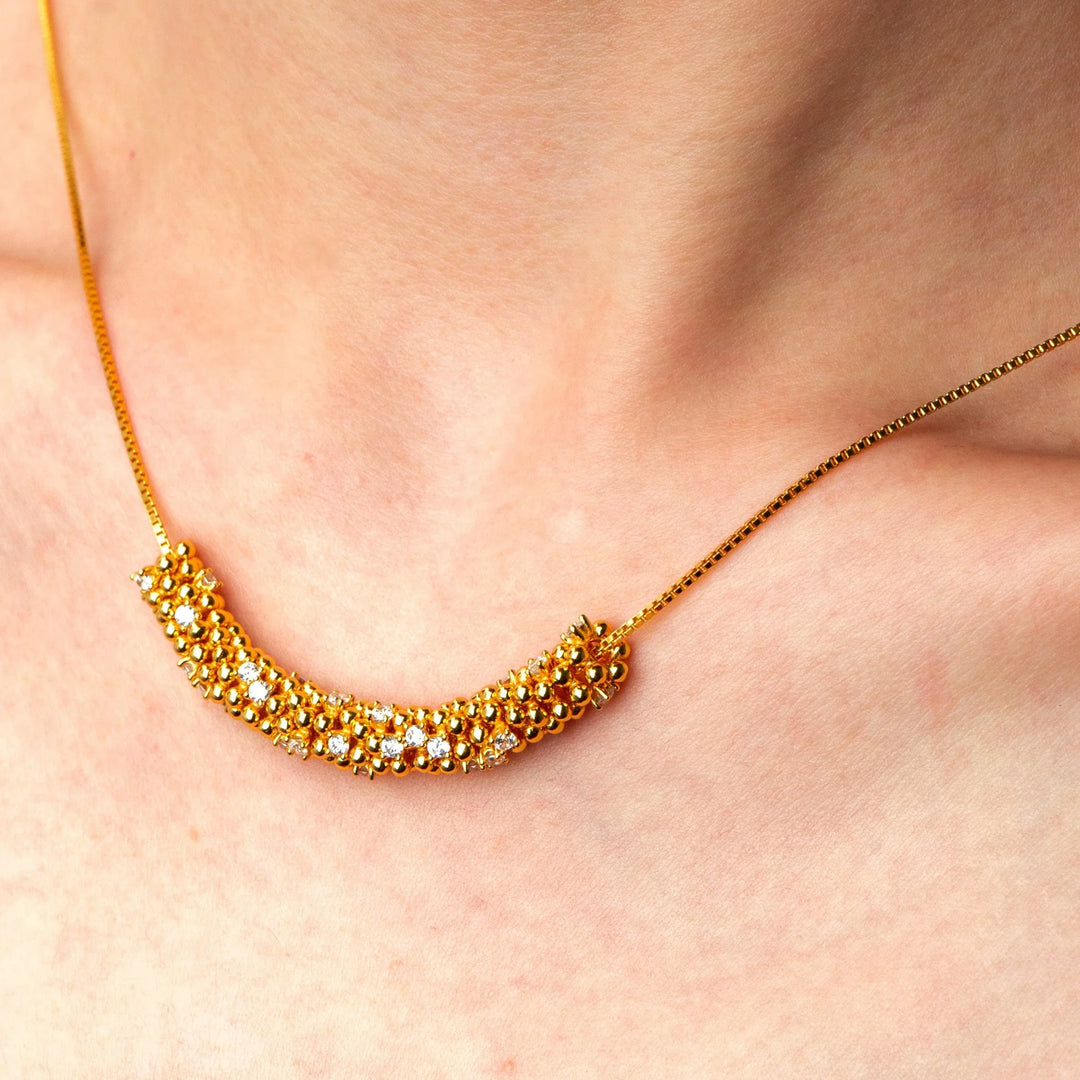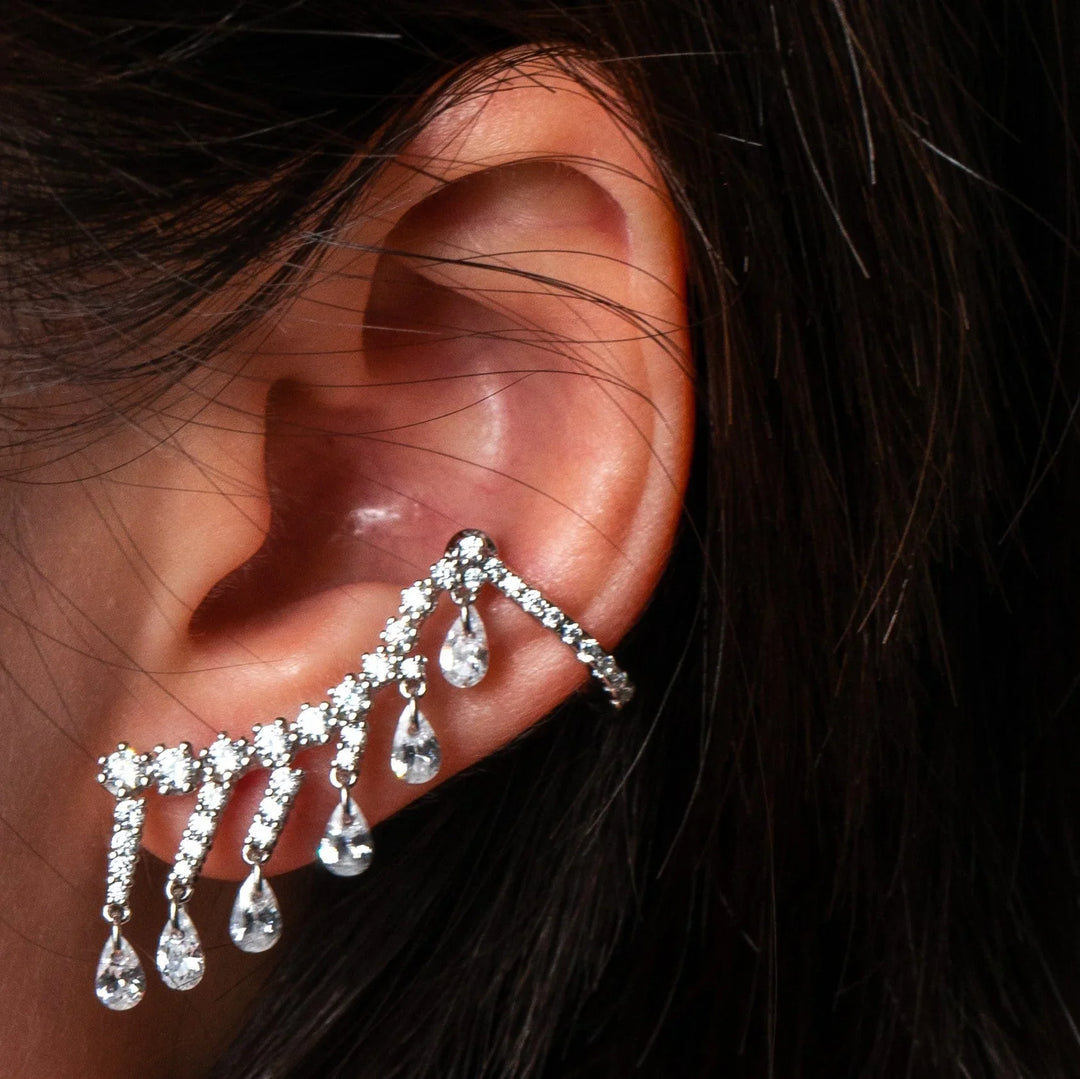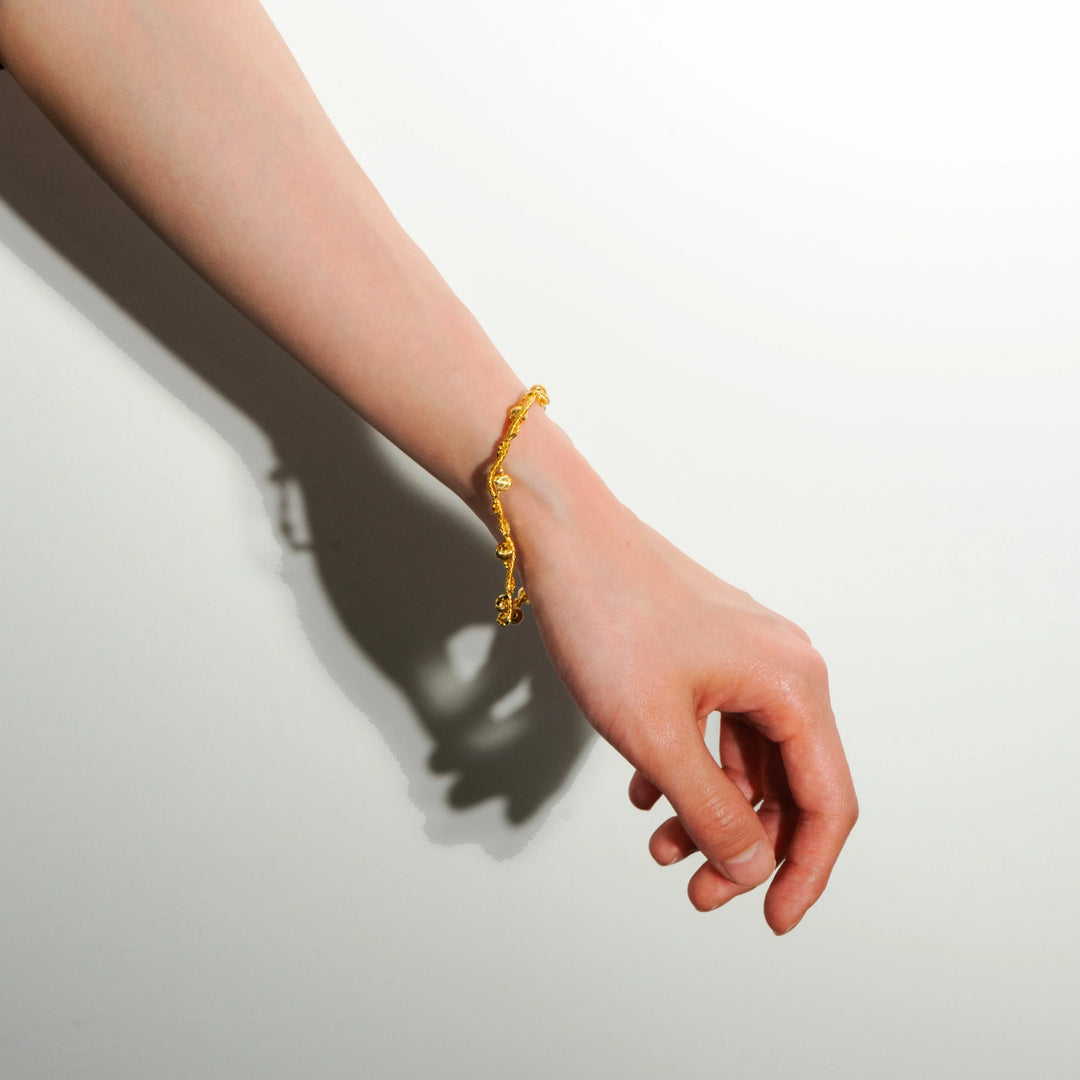What Is Waterproof Jewelry? A Complete Guide to Materials, Care, and Smart Choices
- 1. Introduction: The Meaning of Waterproof Jewelry
- 2. Why Waterproof Jewelry Matters
- 3. Waterproof vs. Water-Resistant Jewelry
- 4. Common Waterproof Jewelry Materials
- 5. Gold-Plated Jewelry and Vermeil: Are They Waterproof?
- 6. Care Tips for Waterproof Jewelry
- 7. Budget-Friendly Choices
- 8. Styling Waterproof Jewelry for Everyday Wear
- 9. The Role of Waterproof Jewelry in Modern Fashion
- 10. Sustainability and Long-Term Value
- 11. Conclusion
Waterproof jewelry refers to accessories crafted from highly durable, corrosion-resistant metals or advanced protective coatings. These pieces are designed to maintain their shine, structure, and overall quality even when exposed to water during swimming, showering, or daily activities. Unlike traditional jewelry that may tarnish, rust, or degrade over time, waterproof jewelry provides both style and resilience. Investing in such pieces not only protects your accessories from damage but also extends their lifespan while minimizing maintenance needs. Understanding the different materials, coatings, and care methods is crucial for anyone looking to purchase reliable, long-lasting jewelry.
Introduction: The Meaning of Waterproof Jewelry
Why Waterproof Jewelry Matters
Every day exposure to water, sweat, perfumes, and chemicals can cause traditional jewelry to tarnish, fade, or become structurally weakened. Waterproof jewelry solves this problem, making it an ideal choice for active lifestyles, frequent travelers, beachgoers, and anyone who prefers to wear jewelry continuously without constant removal. This type of jewelry combines aesthetic appeal with practical durability, allowing wearers to enjoy beautiful pieces without worry. Additionally, waterproof jewelry often requires less maintenance, saving time and effort while ensuring long-term satisfaction. Selecting the right materials ensures that your jewelry remains visually appealing and structurally intact even under daily challenges.
Waterproof vs. Water-Resistant Jewelry
It’s essential to understand the distinction between water-resistant and waterproof jewelry. Water-resistant jewelry can handle occasional splashes or brief exposure to water, but it may corrode or discolor over time if worn frequently in wet conditions. Waterproof jewelry, by contrast, uses premium metals, protective coatings, or advanced manufacturing techniques to withstand prolonged exposure to water, sweat, and humidity. This difference is critical when choosing pieces for swimming, showering, or outdoor activities. Recognizing the distinction can prevent costly mistakes and help buyers invest in jewelry that genuinely meets their lifestyle needs.
Common Waterproof Jewelry Materials
Stainless Steel (316L)
316L stainless steel is highly resistant to rust, corrosion, and discoloration, making it one of the most popular materials for everyday waterproof jewelry. Its hypoallergenic properties make it suitable for sensitive skin, and it is both affordable and durable. Stainless steel jewelry can be designed in a wide range of styles, from minimalist necklaces and bracelets to more intricate designs, making it versatile for casual or formal wear. It can also be coated with PVD or other finishes to create gold or rose gold tones while maintaining its waterproof properties. For those seeking practical, stylish, and resilient accessories, stainless steel is an excellent option.
Titanium
Titanium is a lightweight yet incredibly strong metal that naturally resists water, corrosion, and tarnish. Its hypoallergenic nature makes it ideal for those with sensitive skin or allergies. Titanium jewelry is versatile, commonly used in rings, bracelets, and chains that can withstand rigorous daily wear. It maintains its finish over time and does not bend or break easily, even under physical stress. Additionally, titanium can be anodized to produce different colors and finishes, adding a stylish and personalized element to waterproof jewelry collections. This combination of strength, style, and hypoallergenic properties makes titanium highly suitable for long-term investment pieces.
Solid Gold (18K and Above)
Unlike gold-plated or lower-karat gold items, solid gold jewelry maintains its luster and structural integrity over decades. High-karat gold is dense, chemically stable, and naturally resistant to water damage, making it one of the most durable choices for waterproof jewelry. Solid gold jewelry can be crafted in various designs, including rings, necklaces, and bracelets, which remain beautiful even with daily wear. For more insight into the durability and value of solid gold jewelry, see resources from the World Gold Council. Investing in high-quality gold ensures long-term beauty, makes a statement of elegance, and offers excellent retention of value over time.
Platinum (Pt950/Pt999)
Platinum is one of the most durable precious metals used in fine jewelry. It is resistant to tarnish, fading, and corrosion, making it ideal for heirloom-quality waterproof jewelry. Platinum jewelry maintains its weight and appearance over time, unlike some metals that thin or lose finish due to repeated wear. It is naturally hypoallergenic and suitable for individuals with sensitive skin. Platinum rings, bracelets, and necklaces are often paired with gemstones or diamonds, creating pieces that are both elegant and highly resilient. For those seeking long-lasting investment jewelry, platinum offers unmatched durability and premium aesthetic appeal.
PVD Coating
Physical Vapor Deposition (PVD) is a modern technique that creates a durable, high-adhesion finish on metals such as stainless steel or titanium. Unlike traditional gold plating, PVD coatings are resistant to scratches, fading, and wear from exposure to water or daily use. This technique allows designers to offer a range of finishes, including gold, rose gold, black, and other colors, without compromising the material’s waterproof properties. PVD-coated jewelry is a cost-effective way to enjoy the appearance of luxury metals while ensuring long-term durability. This makes it an excellent option for both fashion-conscious buyers and those seeking reliable waterproof jewelry.
Material Comparison Table
| Material | Durability in Water | Hypoallergenic | Price Range | Notes |
| 316L Stainless Steel | Excellent | Yes | $ | Great for beginners; one of the best waterproof jewelry options |
| Titanium | Excellent | Yes | $$ | Lightweight, sporty, ideal for sensitive skin |
| Solid Gold (18K+) | Outstanding | Yes | $$$$ | True waterproof jewelry gold, timeless & luxurious |
| Platinum (Pt950/999) | Outstanding | Yes | $$$$ | Premium heirloom quality |
| Vermeil (Gold over Silver) | Moderate | Sometimes | $$ | Affordable elegance; less durable |
| PVD-Coated Steel | Very Good | Yes | $$ | Trendy finishes; reliable waterproof gold jewelry alternative |
Gold-Plated Jewelry and Vermeil: Are They Waterproof?
Gold-plated jewelry typically has a thin layer of gold over a base metal. Frequent exposure to water, sweat, and chemicals can cause the gold layer to erode, exposing the base metal and leading to tarnishing or discoloration. Vermeil jewelry, which has a thicker gold layer over sterling silver, is more durable but still less resistant than solid gold or platinum. Understanding these differences helps buyers make informed decisions when selecting jewelry for everyday wear or water-based activities. Choosing genuine waterproof materials ensures longevity and protects your investment in quality accessories.
Care Tips for Waterproof Jewelry
Even waterproof jewelry requires proper care to maintain its appearance and longevity. After swimming or exposure to water, rinse pieces with fresh water to remove chlorine or salt. Use a soft microfiber cloth to gently wipe away sweat or oils. Avoid harsh chemicals such as bleach or strong detergents, which can degrade metals over time. Storing jewelry in a dry pouch or jewelry box helps minimize exposure to humidity. Following these care practices ensures your waterproof jewelry remains visually appealing, functional, and resistant to wear. For expert guidance, see the best waterproof jewelry care tips.
Budget-Friendly Choices
Waterproof jewelry is available at various price points. Stainless steel or PVD-coated pieces are excellent options for affordable daily wear without compromising durability. Vermeil jewelry offers a mid-range solution, combining elegance with moderate resistance to wear. High-quality solid gold and platinum pieces are premium investment options that provide timeless beauty, long-term durability, and the added value of precious metals. By understanding the differences in material, finish, and price, buyers can select the right pieces that meet both their aesthetic preferences and practical needs.
Quick Buyer’s Guide: Best Waterproof Jewelry
| Buyer Type | Recommended Option | Why It’s Ideal |
| Budget-Friendly | PVD-coated stainless steel | Affordable daily wear, trendy finishes |
| Style-Conscious | Vermeil or titanium | Fashionable, moderate durability |
| Luxury Buyer | Solid 18K gold or platinum | True waterproof jewelry gold, timeless investment |
| Sensitive Skin | Titanium or platinum | Hypoallergenic, safe for everyday use |
Styling Waterproof Jewelry for Everyday Wear
One of the greatest advantages of waterproof jewelry is its versatility. These pieces can transition seamlessly from casual daytime wear to evening elegance without requiring removal. Stainless steel or titanium chains pair well with modern streetwear, while gold or platinum accessories complement formal attire. Travelers often favor waterproof jewelry because it eliminates the need for frequent cleaning and provides peace of mind when exploring different environments. Whether you are at the beach, in the gym, or attending a business meeting, waterproof jewelry ensures your style remains consistent while minimizing maintenance. Its practicality enhances both fashion and functionality.
The Role of Waterproof Jewelry in Modern Fashion
Modern consumers increasingly seek accessories that combine durability, sustainability, and aesthetic appeal. Waterproof jewelry meets these needs by offering long-lasting beauty without compromising on comfort. As fashion trends evolve, waterproof jewelry stands out as a practical yet stylish solution for fast-paced lifestyles. From sleek stainless steel to timeless waterproof gold jewelry, these pieces adapt to various wardrobes and personal expressions. Their resilience against wear makes them ideal for those who want luxury and convenience in equal measure. By choosing the best waterproof jewelry, individuals embrace both style and long-term value, ensuring their collections remain relevant and enduring.
Sustainability and Long-Term Value
Investing in waterproof jewelry not only saves money over time but also contributes to sustainable fashion practices. Premium materials such as solid gold and platinum are recyclable and retain their value, making them eco-friendly and financially sound choices. Even stainless steel and titanium are widely recycled, reducing environmental impact. This combination of durability, minimal maintenance, and sustainability makes waterproof jewelry a smart investment for conscious consumers. Long-lasting accessories prevent unnecessary waste from replacing tarnished or broken pieces, aligning style with responsible consumption. For individuals who prioritize sustainability, waterproof jewelry represents a balance between ethical fashion and personal elegance.
Conclusion
Waterproof jewelry—including stainless steel, titanium, waterproof gold jewelry, and platinum—offers a durable, stylish, and low-maintenance solution for everyday wear. By understanding the materials, finishes, and care techniques, buyers can select pieces that meet both aesthetic preferences and practical needs. Whether you choose stainless steel for affordability, titanium for strength, or gold and platinum for luxury, waterproof jewelry ensures beauty and resilience across different lifestyles. With the right choices, your jewelry collection can withstand time, water, and trends while reflecting your unique personality.
👉 Explore our best waterproof jewelry collection to discover designs that balance timeless elegance with modern durability. Find the perfect waterproof jewelry gold and everyday accessories that match your lifestyle.
What materials are considered truly waterproof in jewelry?
Materials like 316L stainless steel, titanium, solid 18K gold, and platinum are highly resistant to water, corrosion, and tarnish, making them ideal choices for durable, waterproof jewelry.
How can I take care of my waterproof jewelry to ensure long-lasting shine?
Rinse jewelry with fresh water after swimming, gently wipe with a soft cloth, avoid harsh chemicals, and store in a dry place to maintain its appearance and durability.
Is waterproof jewelry safe to wear while swimming or showering?
Yes, jewelry made from stainless steel, titanium, gold, or platinum can safely be worn during swimming or showering, but proper care ensures it stays beautiful for years.










